Wavelength-tunable Light Sources
Definition: light sources where the optical wavelength can be tuned
More specific terms: tunable lasers, supercontinuum sources, optical parametric oscillators
German: wellenlängen-abstimmbare Lichtquellen
Author: Dr. Rüdiger Paschotta
Cite the article using its DOI: https://doi.org/10.61835/4dn
Get citation code: Endnote (RIS) BibTex plain textHTML
There are various kinds of light sources where the optical wavelength can be tuned (adjusted), often through a wide range – in some cases from the ultraviolet through the full visible spectral region some way into the infrared. The obtained optical bandwidth is usually not particularly small – e.g. of the order of 1 nm – but small enough to consider the light as quasi-monochromatic for various applications. The output light may be delivered as a free-space light beam or through a fiber cable.
Performance Figures
The key performance figures of wavelength-tunable light sources are the following:
- There is a limited wavelength range through which one can address.
- The optical bandwidth must be small enough for the envisaged application.
- The output power (or alternatively the spectral flux) is quite relevant for some applications, much less for others. Often, a smaller bandwidth implies lower output powers – except for laser sources and OPOs (see below).
- It can also be of interest how quickly the optical wavelength can be scanned through the full range. In some cases, one requires high agility for randomly selecting different wavelength values. While some devices require many second to change from one wavelength to another, others can do that within a small fraction of a second.
Additional aspects of practical relevance can be the power consumption, the dissipation of waste heat from a lamp, the lamp lifetime, the stability of the output power, the variability of output power versus wavelength and the form in which the output light is provided (e.g. beam quality of a free-space output or details of the fiber cable).
Solutions with Broadband Light Source and Bandpass Filter
Such sources are often realized with the combination of a broadband light source (white light source, if it is in the visible region) and a tunable monochromator, which at any time transmits only a small portion of the optical spectrum of the light source. In the simplest case, the monochromator is tuned manually, but in many cases one has a computer-controlled motor drive, which allows one either to automatically tune to certain wavelengths (entered manually or program through a computer), or to continuously scan through certain wavelength regions.
With that technical approach, one can span very large wavelength regions, often more than the whole visible spectral region. For example, a halogen lamp (often based on a tungsten filament in a quartz bulb) can emit light from the mid infrared throughout the visible region and somewhat into the ultraviolet. DC arc lamps (e.g. with mercury, neon, argon or xenon) are suitable for getting further into the ultraviolet. Note that UV-enhanced lamps also have a bulb glass with high UV transmission.
It is not particularly difficult to construct a monochromator which can be tuned through a large wavelength range, although there is a risk that one obtains unwanted wavelength components related to higher diffraction orders. The tuning speed, however, is normally quite limited. Much faster wavelength scanning is possible with an electronically controlled bandpass filter, for example with an acousto-optic tunable filter (AOTF).
Limited and Variable Output Power
A fundamental problem of this technical approach is that only a tiny part of the generated optical power can be used because most of it is outside the currently selected narrow spectral region. This is particularly so if the required optical bandwidth is small. To optimize that trade-off for an application, the filter bandwidth can often be changed, for example by changing the width of an optical slit of the monochromator.
If some kind of incandescent lamp is used (e.g. a halogen lamp), which has a low spatial coherence, a further problem is that most of the light is emitted in directions where it is hardly usable. Not only the typical applications, but also the used monochromators require a well-defined light beam, and even when using well-designed reflectors it is hard to efficiently collect such light and forming a beam. However, lamps can be optimized to some extent by minimizing the light-emitting volume. This is particularly possible with arc lamps.
In some cases, one tries to increase the output power despite the low power efficiency simply by using a more powerful light source. For example, one may use a xenon or mercury vapor lamp with 1 kW electrical drive power. The intense heat then often makes it necessary to use additional cold mirrors or hot mirrors for protecting further optics against the intense infrared radiation.
The light collection problem can be eliminated by using a spatially coherent source, which can be based on supercontinuum generation. Such sources can be realized with photonic crystal fibers, can span many hundreds of nanometers and deliver near-perfect spatial coherence. However, they contain a laser source and are relatively expensive.
Unfortunately, the output power can vary substantially when tuning the wavelength. While halogen lamps have a quite smooth optical spectrum, discharge lamps tend to feature spectra with pronounced spikes, leading to substantial power changes within narrow wavelength regions. To a substantial extent, however, applications can be made immune to such variations, e.g. with techniques of balanced photodetection or by comparing the results of scans with and without an absorbing sample. There are also tunable light sources with stabilized output power (using optical feedback control), at least removing effects of long-term lamp aging.
The light emission may also vary over time, not only related to aging of the lamp, but also due to fluctuations e.g. in an electrical discharge or imperfections of the electric power source.
Tunable Lasers and OPOs
An entirely different technical approach is to use a tunable laser. Here, one can obtain radiance (brightness) levels which are higher by orders of magnitude because (a) the generated radiation typically has a high degree of spatial coherence (high beam quality) and (b) it is naturally confined to a narrow wavelength interval. Particularly concerning spectral radiance (radiance per wavelength interval), laser sources can provide far better performance than other light sources. Also, there are wavelength-swept lasers which allow for extremely rapid wavelength tuning – for example, many millions of complete wavelength scans within one second. On the other hand, only few types of lasers can offer a tuning range of many hundreds of nanometers or more, and particularly those are often relatively expensive and less robust than solutions based on broadband light sources. For those reasons, the latter are usually preferred, unless a much higher radiance is needed for the application.
Quite similar aspects apply to optical parametric oscillators, which can also often be tuned over large wavelength ranges, deliver a substantial spectral radiance, but are expensive and not particularly robust.
Applications
The main field of application of broadly tunable light sources is spectroscopy in different forms, e.g. absorption spectroscopy or fluorescence spectroscopy. For example, a spectrophotometer typically contains such a source. The quite limited output power and not particularly small optical bandwidth is usually acceptable in such cases, although it may limit the spectral resolution and set a lower limit to the measurement time. Optical components such as dielectric mirrors are also often characterized with such devices.
Tunable light sources can also be used for measuring the wavelength-dependent responsivity of photodetectors, image sensors and the like.
More to Learn
Encyclopedia articles:
Suppliers
The RP Photonics Buyer's Guide contains 26 suppliers for wavelength-tunable light sources. Among them:
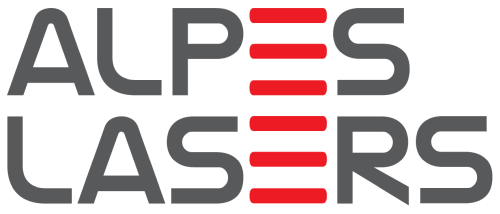
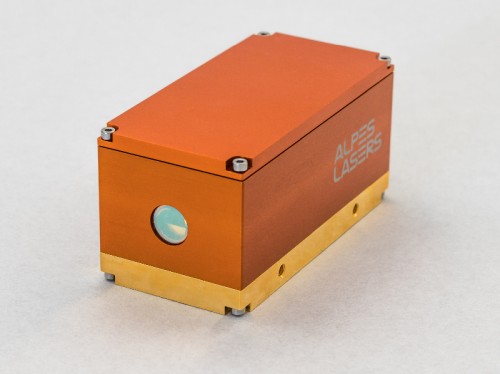
Alpes Lasers
Alpes Lasers designs and manufactures single-mode mid-IR lasers with wavelength tuning over more than 10 cm−1. Broad-gain lasers with wide tuning in an external cavity are also offered.

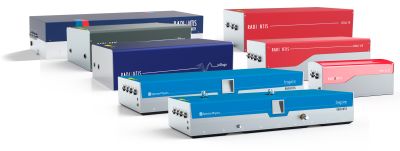
Radiantis
All Radiantis lasers are broadly tunable lasers, specially designed for the scientific community. Femtosecond and picosecond pulses as well as continuous-wave (CW) temporal regimes are offered with automatic tuning across the UV, visible and IR.


Stuttgart Instruments
The Stuttgart Instruments Alpha is an ultrafast and fully wavelength-tunable frequency conversion system in an ultra-compact and completely passively stable system based on revolutionary parametric oscillator design which guarantees outstanding stability, reproducibility and shot-noise limited performance.
The revolutionary design of Stuttgart Instruments Alpha, characterized by outstanding low noise and passive long-term stability, is based on the fiber-feedback optical parametric oscillator (FFOPO) technology and results in outstanding performance and high flexibility at the same time.
The Alpha covers a gap-free rapid tunable spectral range from 700 nm to 20 µm wavelengths, while maintaining high output power up to the Watt-level with femto- or picosecond pulses at several MHz pulse repetition rates. It provides multiple simultaneously tunable outputs with a selectable bandwidth from a few to 100 cm-1. Shot-noise limited performance above 300 kHz, passive spectral stability (< 0.02% rms) and wavelength-independent stable beam pointing (< 30 µrad) enable excellent sensitivity. In addition, each Alpha is equipped with a user-friendly ethernet and Wi-Fi interface and a matching graphical user interface (GUI) as well as easy to access API interfaces for e.g. LabView, Python, C++.
Typically, the Alpha is pumped by an ultra-low-noise Primus pump laser, which provides more than 8 W average output power at 1040 nm wavelength and 450 fs pulse duration at 42 MHz repetition rate. In addition, the Alpha can be operated with other pump lasers around 1 µm wavelength and enough power.
Due to our modular platform, the Alpha can be adapted and optimized for various applications and is particularly suited for spectroscopic applications requiring a robust and reliable tunable radiation with low noise.


RPMC Lasers
Serving North America, RPMC Lasers offers a selectionwavelength-tunable lasers including the Q-TUNE family of pulsed DPSS lasers, utilizing an Optical Parametric Oscillator (OPO) to produce tunable wavelengths from 210 – 4500 nm. The advanced laser design results in a compact, user-friendly turnkey system that requires little maintenance. It integrates all laser electronics into the housing and there are no chillers or bulky power supplies needed. We also provide several tunable, DFB-like laser diodes and quantum cascade lasers (QCLs) with wavelengths ranging from 11.3 µm to 16 µm, designed for use in the detection and monitoring of critical, gaseous compounds in the industrial and nuclear industries. Standard and custom options available. Let RPMC help you find the right laser today!

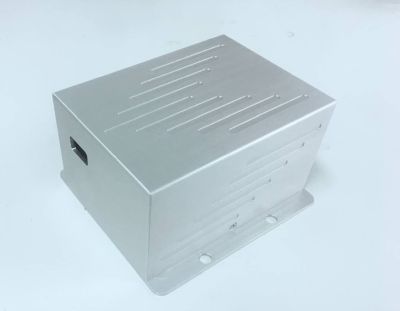
CNI Laser
CNI offers various wavelength-tunable lasers: diode lasers (with wavelengths between 403 nm and 1074 nm), tunable DPSS wavelength-tunable lasers including tunable Ti:sapphire lasers, and tunable infrared lasers.


Zolix
The Zolix tunable light source (TLS) is a pre-aligned, pre-assembled illumination system capable of emitting monochromatic light from 200 nm on. The completely plug & play system is very easily controlled by software. It is widely used in fluorescence spectroscopy.

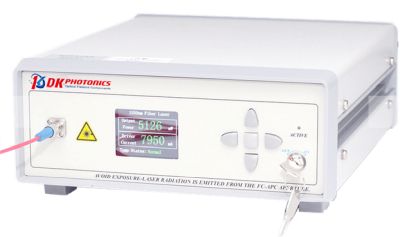
DK Photonics
Our tunable fiber laser covers the C-band and can address up to 89 different ITU-T standard wavelengths (with 50 GHz separation). It contains a dual Fabry–Pérot cavity tuning etalon and a high gain chip, featuring high output optical power, narrow linewidth and high wavelength accuracy. It is equipped with a dedicated drive control circuit, high-definition color LCD screen, and optional control keyboard and PC software.
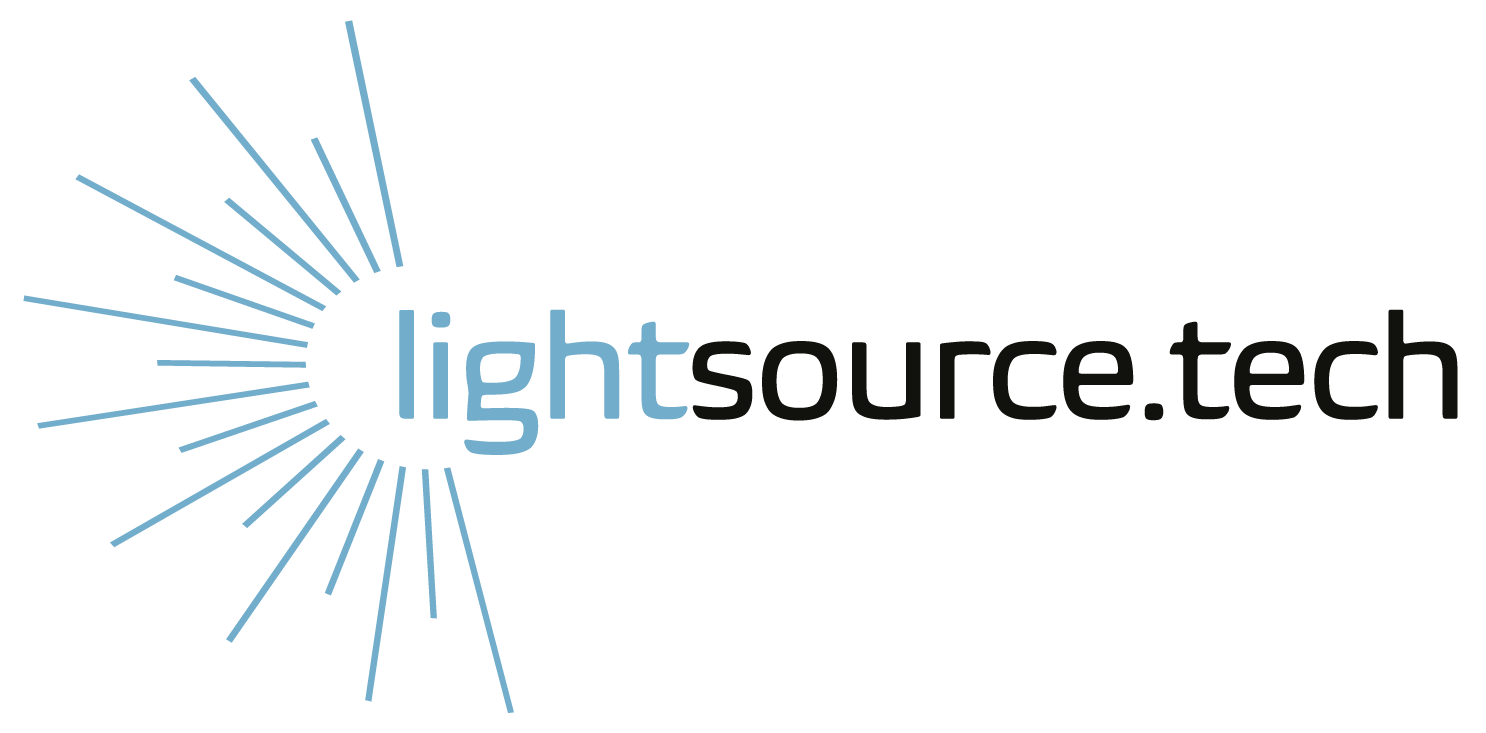

lightsource.tech
For the efficient generation of wavelength-tunable monochromatic light, we offer the Monochromator-H and Hyperchromator in conjunction with suitable white light sources:
- The Monochromator-H has an integrated halogen lamp, covering the range from 340 nm to 2000 nm.
- The Hyperchromator is specifically made for the laser-pumped XWS-30 light source from ISTEQ. It works from 190 nm to 2200 nm.
Questions and Comments from Users
Here you can submit questions and comments. As far as they get accepted by the author, they will appear above this paragraph together with the author’s answer. The author will decide on acceptance based on certain criteria. Essentially, the issue must be of sufficiently broad interest.
Please do not enter personal data here; we would otherwise delete it soon. (See also our privacy declaration.) If you wish to receive personal feedback or consultancy from the author, please contact him, e.g. via e-mail.
By submitting the information, you give your consent to the potential publication of your inputs on our website according to our rules. (If you later retract your consent, we will delete those inputs.) As your inputs are first reviewed by the author, they may be published with some delay.

 photonic devices
photonic devices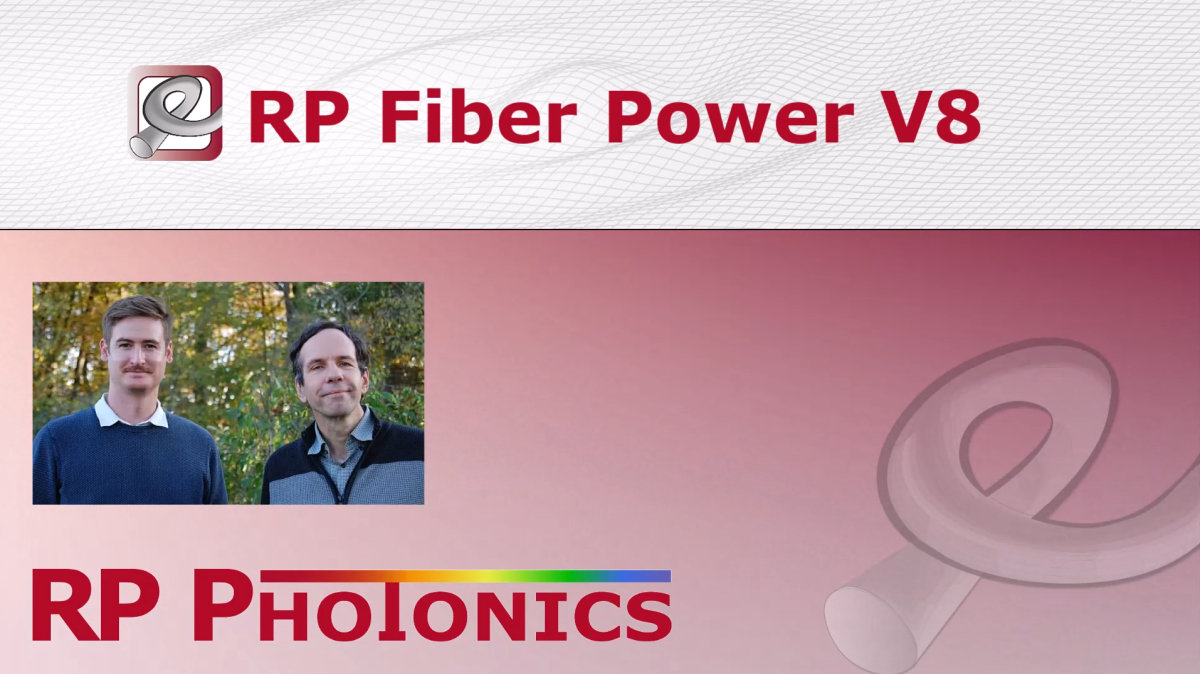
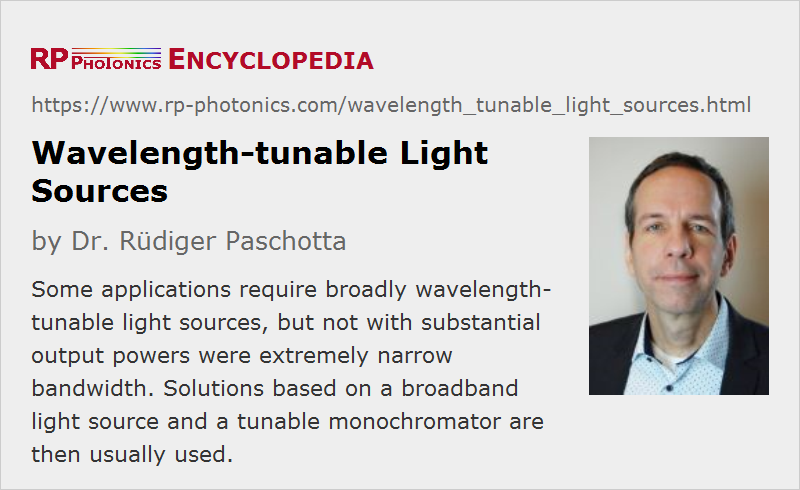
Share this with your friends and colleagues, e.g. via social media:
These sharing buttons are implemented in a privacy-friendly way!